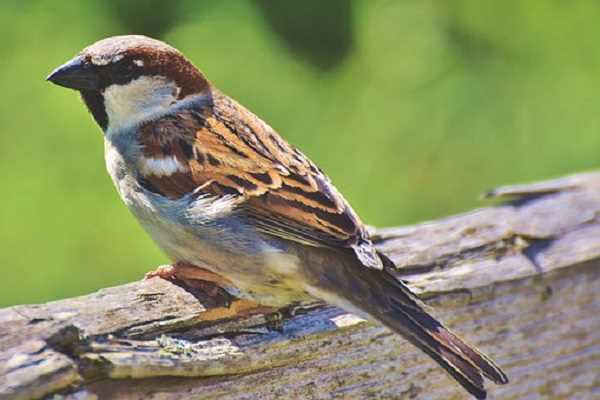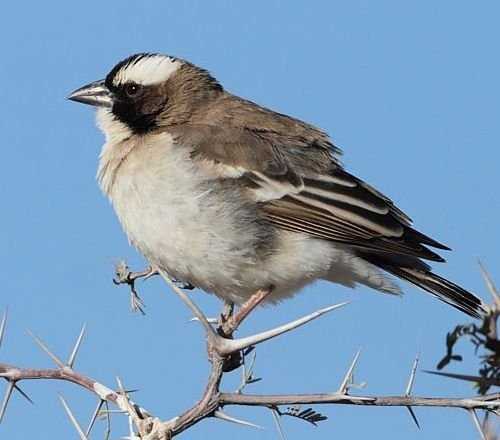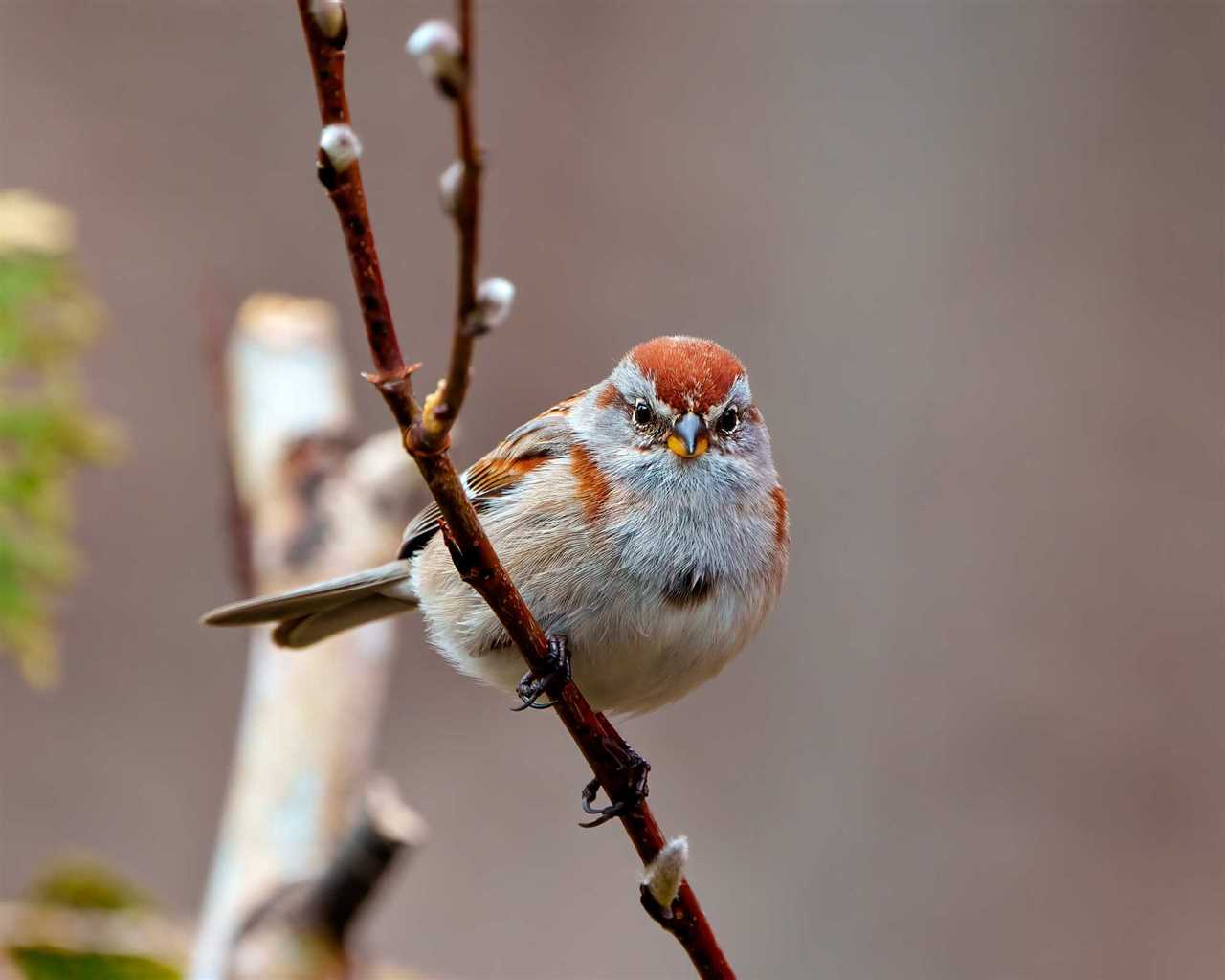Contents
Old World Sparrows Discover the Diversity and Adaptations of these Charming Birds

When it comes to the avian world, sparrows are a common sight. These small, energetic birds are found all over the world, from bustling cities to remote countryside. Known for their distinctive chirping, sparrows have captured the hearts of bird enthusiasts for centuries.
One fascinating aspect of sparrows is their ability to migrate. These birds are known to undertake long journeys, traveling thousands of kilometers in search of food and better nesting grounds. Their migration patterns are a testament to their adaptability and resourcefulness, as they navigate vast distances using their innate sense of direction.
Speaking of nests, sparrows are known for their intricate and well-constructed homes. These birds have a knack for finding cozy nooks and crannies to build their nests, often using materials like twigs, grass, and feathers to create a warm and secure environment for their young. It’s truly a marvel to witness the architectural skills of these tiny creatures.
Sparrows are predominantly seed-eaters, and their beaks are perfectly adapted for this purpose. With their sturdy beaks, they can crack open even the toughest of seeds, ensuring a steady supply of nourishment. This dietary preference has also contributed to their success as a species, as they can thrive in a variety of habitats where seeds are abundant.
Lastly, let’s not forget about the beauty of sparrows’ feathers. These birds boast a wide range of colors and patterns, from the vibrant plumage of the male house sparrow to the subtle elegance of the Eurasian tree sparrow. Their feathers not only serve as a means of protection and insulation but also add to their overall charm and allure.
Overview of Old World Sparrows

Old World Sparrows are a diverse group of birds found in various parts of the world. They are known for their small size, lively chirping, and adaptability to different habitats. These sparrows are found in Europe, Asia, and Africa, and they have successfully spread to other parts of the world through human activities.
Old World Sparrows are known for their ability to build intricate nests using various materials such as grass, twigs, and feathers. These nests are often hidden in shrubs, trees, or even buildings. The construction of their nests is a remarkable example of their adaptations to different environments.
One of the distinguishing features of Old World Sparrows is their migration patterns. While some species are sedentary and stay in one place throughout the year, others undertake long-distance migrations. These migrations can cover thousands of kilometers and are a fascinating behavior to study.
The feathers of Old World Sparrows are another interesting aspect of their biology. These birds have specialized feathers that help them stay warm in cold climates and regulate their body temperature. Feathers also play a role in attracting mates and providing camouflage from predators.
Old World Sparrows are an ancient group of birds, with some species dating back millions of years. They have evolved and adapted to various habitats and environmental conditions over time. Their ability to thrive in different landscapes is a testament to their resilience and adaptability.
| Common Name | Scientific Name |
|---|---|
| House Sparrow | Passer domesticus |
| Eurasian Tree Sparrow | Passer montanus |
| Spanish Sparrow | Passer hispaniolensis |
| Italian Sparrow | Passer italiae |
Old World Sparrows are a fascinating group of birds that have captured the attention of scientists and bird enthusiasts alike. Their diversity, adaptations, and behaviors continue to intrigue researchers, and studying them provides valuable insights into avian biology and evolution.
Importance of Old World Sparrows in Ecosystems

Old World Sparrows play a significant role in ecosystems around the world. These small birds, known for their distinctive feathers and charming appearance, have adapted to various habitats and have become an integral part of the natural world.
As seed-eaters, sparrows play a crucial role in maintaining the balance of plant populations. They consume a variety of seeds, including grasses, flowers, and grains, which helps in seed dispersal and germination. By eating seeds, sparrows also prevent the overgrowth of certain plant species and promote biodiversity in their habitats.
Moreover, sparrows are important members of bird communities. They interact with other species, such as insects, mammals, and reptiles, creating a complex web of ecological relationships. For instance, sparrows feed on insects and spiders, controlling their populations and contributing to pest control in agricultural areas.
Old World Sparrows also have an impact on the ecosystems through their nesting habits. They build their nests in various locations, including trees, shrubs, and man-made structures. These nests provide shelter not only for sparrows but also for other bird species, such as swallows and wrens, which often use abandoned sparrow nests for their own breeding.
Migration is another important aspect of the lives of Old World Sparrows. Some species undertake long-distance migrations, traveling thousands of kilometers each year. During their journeys, sparrows contribute to the dispersal of seeds and the transfer of nutrients between different habitats. Their movements help in the distribution of plant species and the regeneration of ecosystems.
In conclusion, Old World Sparrows are essential components of ecosystems worldwide. Their role as seed-eaters, their interactions with other species, their nesting habits, and their migratory behavior all contribute to the overall health and functioning of natural systems. Understanding and conserving these charming birds is crucial for maintaining the biodiversity and balance of our world.
Diversity of Old World Sparrows

Old World sparrows, also known as true sparrows, are a diverse group of birds that belong to the family Passeridae. They are found in various parts of the world, including Europe, Asia, and Africa. These small birds are known for their distinctive features and behaviors.
One of the notable characteristics of Old World sparrows is their feathers. They have plumage that is typically brown or gray, which helps them blend into their surroundings and avoid predators. Some species also have streaks or patches of other colors, adding to their beauty.
Another interesting aspect of these birds is their migration patterns. While not all Old World sparrows migrate, some species undertake long-distance journeys to find suitable breeding and feeding grounds. This behavior showcases their adaptability and survival instincts.
Old World sparrows are primarily seed-eaters. They have strong beaks that allow them to crack open seeds and feed on them. This diet makes them important contributors to seed dispersal and plant regeneration in their habitats.
One of the most recognizable features of Old World sparrows is their chirping. Males often sing melodious songs to attract mates and establish their territories. These songs can be heard throughout their habitats, adding a pleasant soundtrack to the natural environment.
Overall, Old World sparrows are a fascinating group of birds that exhibit a wide range of adaptations and behaviors. Their diverse plumage, migration patterns, seed-eating habits, and chirping songs make them charming and unique members of the avian world.
Geographical Distribution of Old World Sparrows

Old World Sparrows are a diverse group of birds that can be found in various parts of the world. They are known for their small size, colorful feathers, and distinctive chirping calls. These birds are highly adaptable and can be found in a wide range of habitats, from grasslands to forests.
Old World Sparrows are known for their ability to build intricate nests. They use a variety of materials, including twigs, grass, and feathers, to construct their nests. These nests are often found in trees, shrubs, or even in man-made structures such as buildings and birdhouses.
Migration is a common behavior among Old World Sparrows. Some species of sparrows are known to migrate over long distances in search of food and better breeding grounds. These migratory sparrows travel in large flocks and can cover thousands of miles during their journey.
Old World Sparrows are primarily seed-eaters. They have strong beaks that are adapted for cracking open seeds and extracting the nutritious contents. In addition to seeds, they also feed on insects, berries, and small fruits.
The Old World Sparrows are an ancient group of birds, with some species dating back millions of years. They have evolved and adapted to their environments over time, resulting in the diverse range of species that we see today.
In conclusion, Old World Sparrows are fascinating birds that can be found in various parts of the world. Their geographical distribution is wide, and they have adapted to different habitats and climates. Whether they are building intricate nests, migrating over long distances, or feeding on seeds, these charming birds never fail to capture our attention and admiration.
Physical Characteristics and Plumage of Old World Sparrows

Old World Sparrows are a diverse group of birds known for their small size and charming appearance. They are primarily seed-eaters, with a diet consisting of various types of seeds and grains.
These birds are found in various regions of the world, including Europe, Asia, and Africa. They have adapted to a wide range of habitats, from grasslands and forests to urban areas.
Old World Sparrows have a distinct physical appearance. They are small in size, typically measuring about 12-16 centimeters in length. They have a stocky build with a short tail and a rounded head.
Their plumage is often characterized by shades of brown, gray, and black, providing them with excellent camouflage in their natural habitats. Some species also have patches of white or yellow on their wings or bellies.
Old World Sparrows have strong, conical beaks that are well-suited for cracking open seeds. They also have sturdy legs and feet, which allow them to perch and hop around with ease.
These birds are known for their melodious chirping, which is often heard during the breeding season. They build nests in shrubs, trees, or man-made structures, using twigs, grass, and feathers.
Overall, Old World Sparrows are fascinating creatures with unique physical characteristics and plumage. They have adapted to various environments and have become well-suited for a seed-based diet.
| Size | 12-16 centimeters |
|---|---|
| Plumage | Shades of brown, gray, and black |
| Beak | Strong and conical |
| Legs and Feet | Sturdy and well-adapted for perching |
Video:Old World Sparrows Discover the Diversity and Adaptations of these Charming Birds
How the House Sparrow Conquered America
Bird Species Comparison: House Sparrow vs Tree Sparrow
Hello, I am Beverly J. Sanders, the voice behind the diverse articles you come across on styves.co.za. My passion lies in exploring the nuances of home improvement and sharing tips that can help you transform your living space into a haven of comfort and style. From the latest trends in home decor to practical cleaning advice, I cover a broad spectrum of topics to cater to a wide variety of interests.
In my recent works, I have delved into the advantages of incorporating a horizontal Murphy bed into your home to save space without compromising on design and functionality. I also explored the benefits of having a free-standing electric fireplace that not only adds warmth to your home but also brings a sleek and modern design to any living space. My articles are a rich resource, offering insights into different products and home improvement strategies that can enhance the quality of your life.
I believe in the power of details; a belief that reflects in my comprehensive guides where I discuss even the overlooked aspects of home decor, such as the impact of baseboard trim in enhancing the overall look and feel of your home. I am constantly on the lookout for innovative solutions and products that can add value to your home and life.
Join me in my exploration as I continue to bring you the latest trends, tips, and insights in the home improvement world. Let’s create a home that is not just a place to live, but a reflection of style and personality.